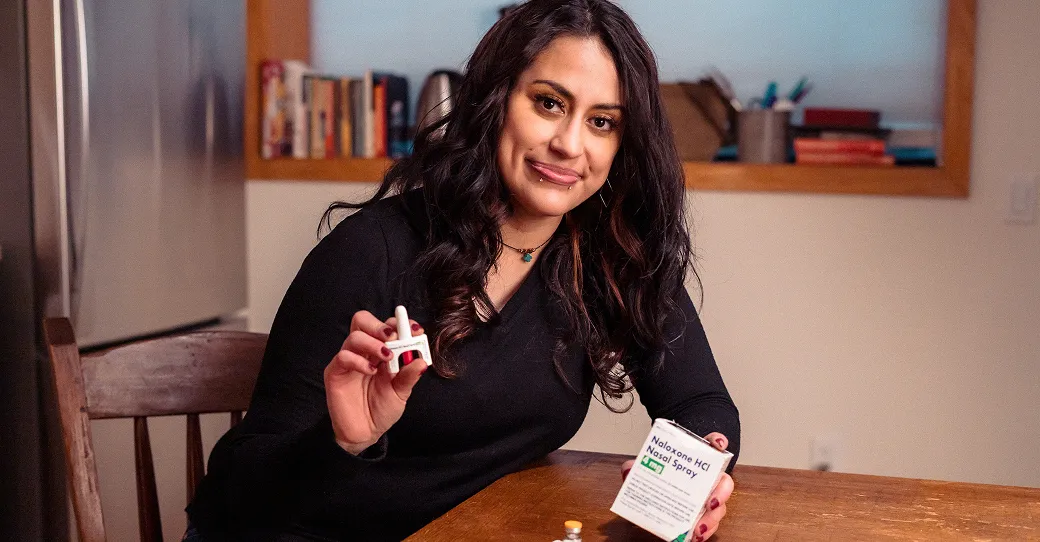
Signs of an opioid overdose
Your friend may be overdosing if:
They can’t wake up. Even when you call their name or shake them firmly.
They are breathing very slowly or not at all.
They are turning blue, gray, or purple. Check around their lips and fingernails.
They look ashen or feel cold to the touch.
How to help a friend who is overdosing
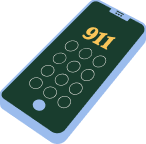
Call 911
If your friend is unresponsive, not breathing, or turning blue or gray, call 911 right away.

Give naloxone
Lay your friend flat on the ground. Give one dose of naloxone every 2-3 minutes until their breathing is normal again. They should breathe once every 3-5 seconds. Do this even if you aren’t sure your friend took opioids.
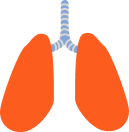
Give rescue breaths
After you give the first dose of naloxone, tip your friend’s chin back, and provide one rescue breath every five seconds. Check that their chest is rising and falling with each breath that you give.

Stay until help arrives
When your friend wakes up, they may be confused or feel sick. They should get medical attention and not take any more drugs. Naloxone wears off within 30-90 minutes. When it wears off, they may begin overdosing again.
When all is said and done, remember to check in with yourself. You cared for your friend in a big way, and you deserve care too.
How to give naloxone
Naloxone, also known as Narcan, is a medication that reverses opioid overdoses and saves lives.
Nasal spray naloxone
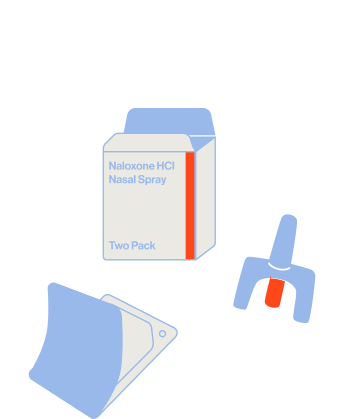
1. Open the packaging
Do not test the nasal spray. The canister only has one dose and cannot be reused.
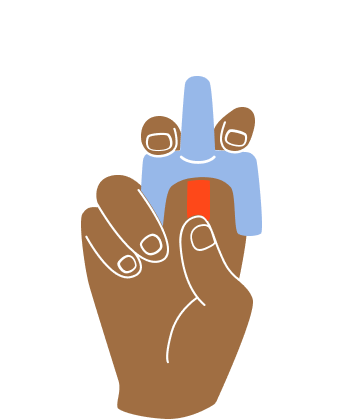
2. Hold the canister
Place your thumb on the bottom of the plunger and your first and middle fingers on either side of the nozzle.
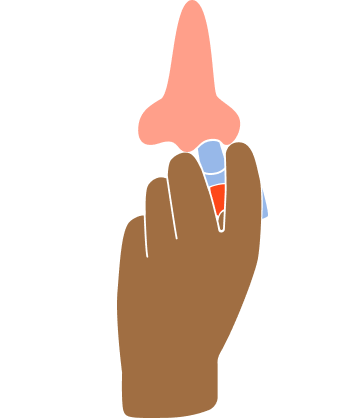
3. Insert the nozzle into your friend’s nostril
Your fingers on either side of the nozzle should touch the bottom of their nose.
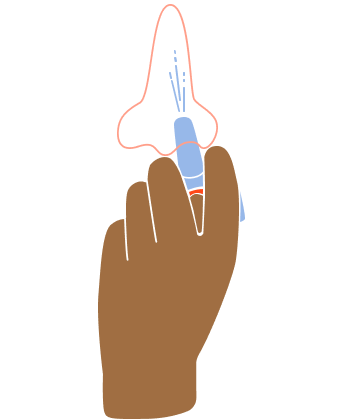
4. Press the plunger all the way
Then remove the canister from their nostril. If your friend doesn’t wake up within 2-3 minutes, give them naloxone again.
Intermuscular
injection naloxone

1. Open the packaging
Remove the caps from both the vial and syringe.
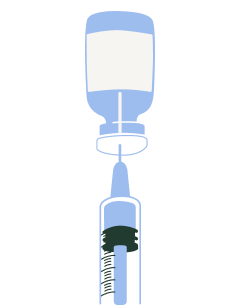
2. Insert the needle into the vial
Go through the rubber seal. Turn the vial upside down and fill the syringe.
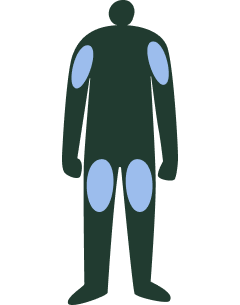
3. Insert the needle into a large muscle
Go through clothing if necessary.
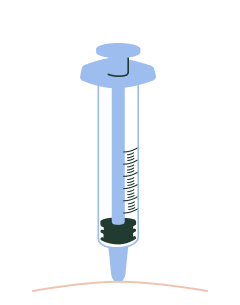
4. Inject the full dose of naloxone
Remove and recap the needle after giving the dose. If your friend doesn’t wake up within 2-3 minutes, give them naloxone again.
Digital wallet card
Save this image to your device for a quick-reference guide on how to recognize an overdose and respond using nasal spray naloxone.